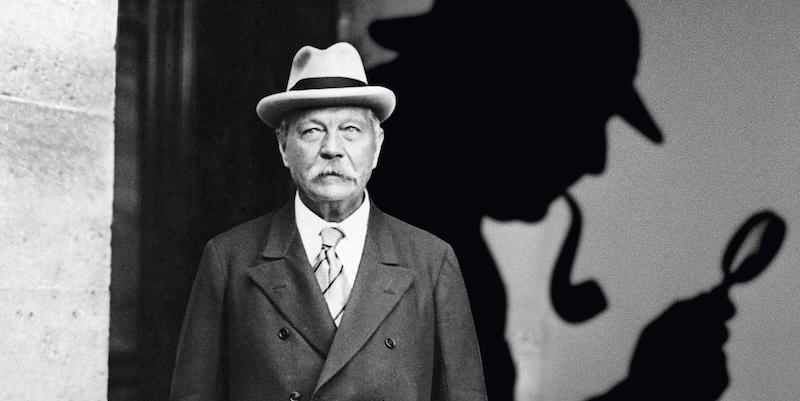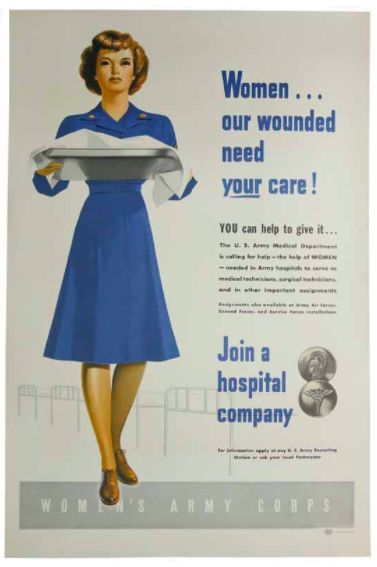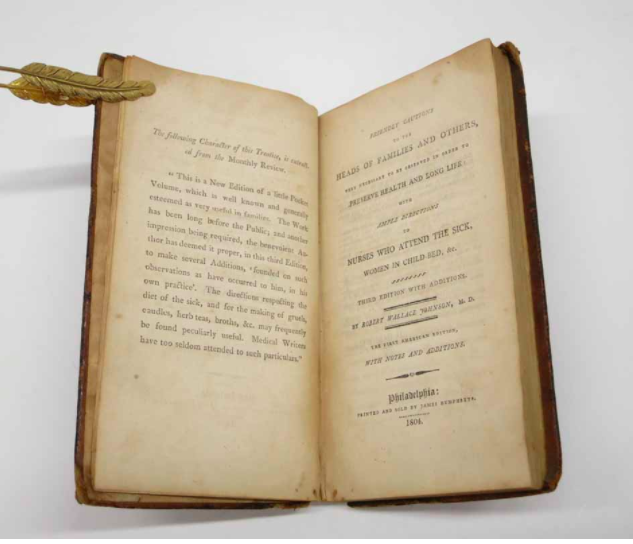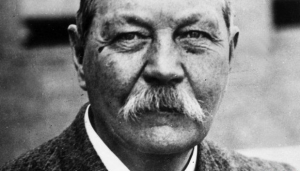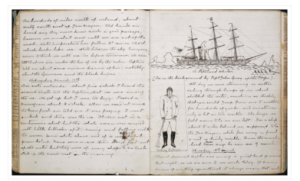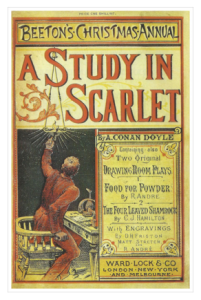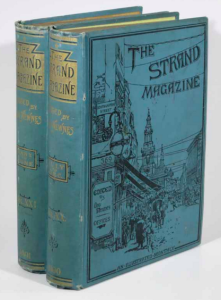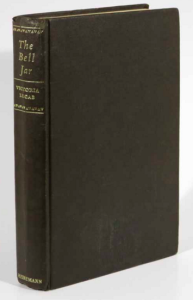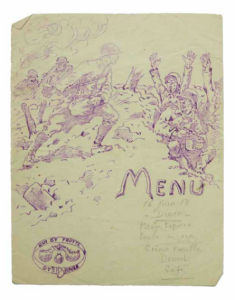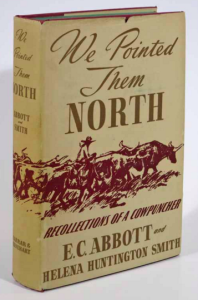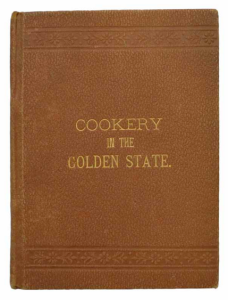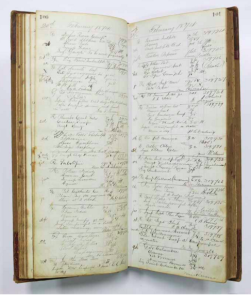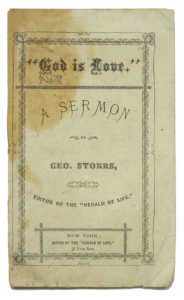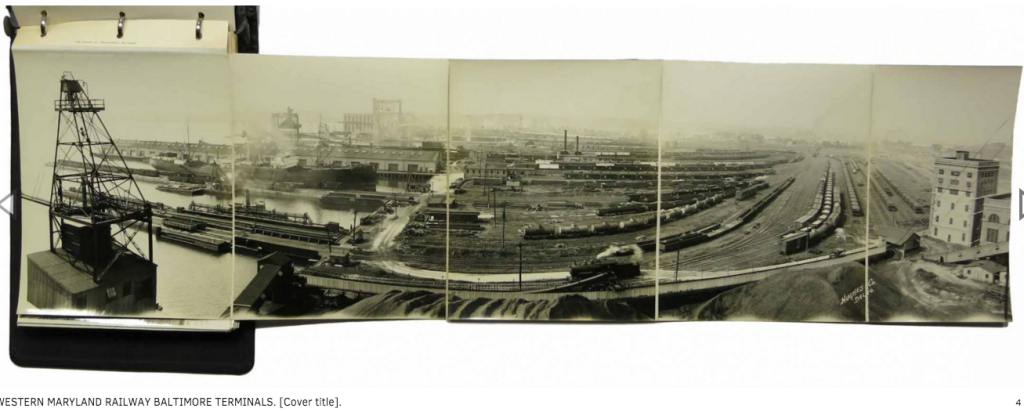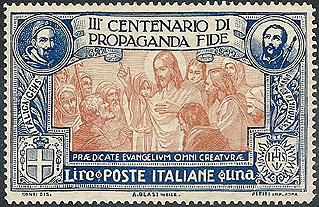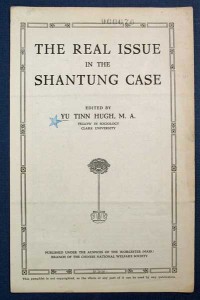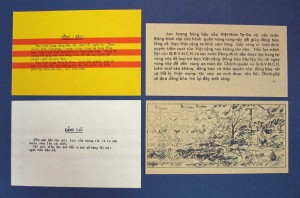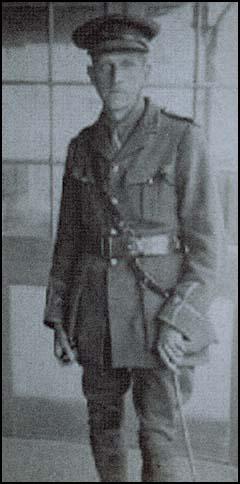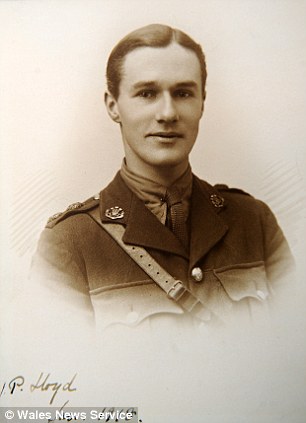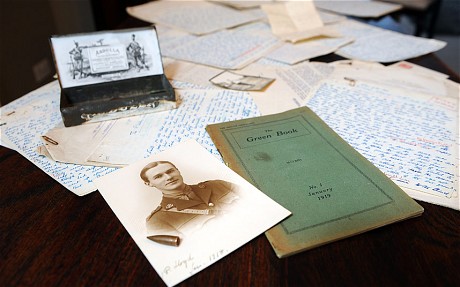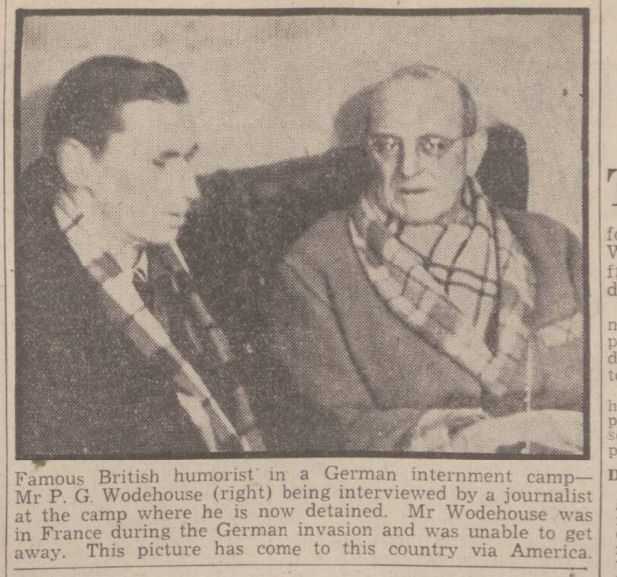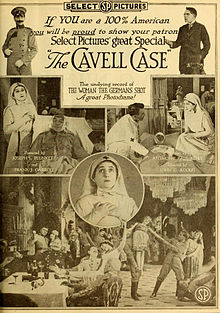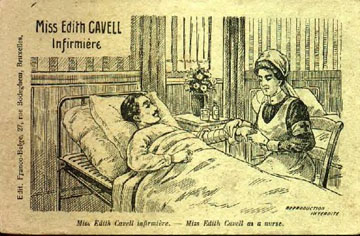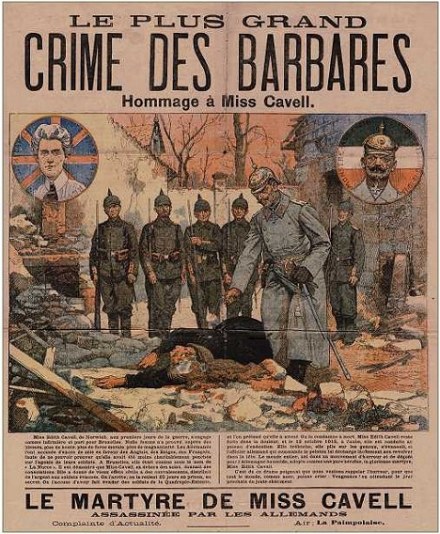“Cheer up. Maybe you’ll be famous after you’re dead.“

*
29 years ago, the “King of the Underground” Charles Bukowski, passed away from leukemia in his (adopted) home city of Los Angeles, California. Bukowski is well known for his poetry and short stories, but even more known for his intense subject matters and persona. Publishing almost exclusively in small presses and literary magazines (hence the King of the Underground), and focusing on the plight of the every-man, the dirty, sometimes terrifying, sad and isolating aspects of humanity – he really was an impressive spokesperson for the average man. That being said, Bukowski is often considered more famous now than he was during his life (for as popular as he was in his lifetime, he was definitely underestimated in the American literary/academic arena).
“What matters most is how well you walk through the fire.“
Bukowski was born Heinrich Karl Bukowski in Andernach, Germany, on August 16th, 1920. His early life in Germany was difficult, as WWI war reparations had stagnated the German economy forcing his father to attempt to find employment elsewhere. In April of 1923 the small family traveled to Baltimore, Maryland, where they lived until moving to Los Angeles in 1930. Bukowski’s childhood was ripe with problems. According to the author, his father struggled with alcoholism and frequently emotionally and physically abused his family – his behavior teaching Charles at a young age about “undeserved pain” and part of his sons work for the rest of his life. Charles’ family’s foreign ways, the clothes his parents made him wear, and a terrible case of acne further isolated the young man, and the bullied Charles became a quiet, somewhat repressed teen. All that changed, however, when a friend of his introduced a 13 year old Charles to alcohol – a substance he would depend on for life.
“I want so much that is not here and do not know where to go.“
After high school, Bukowski began a two year stint at Los Angeles City College, thriving in his humanities courses on journalism, art and literature. However, at the onset of WWII in 1944 he quit and moved to New York City, hoping to try his hand at being a writer. During this time he was actually arrested by the FBI for 16 days for potential draft evasion, as was frequently happening to those of German heritage. After failing a physical, however, he was determined unfit for military service and was released. At the age of 24 he began writing and started to be published in a couple of small magazines and presses, but the acceptances of his work were few and far between. Deciding it a failed experiment, Bukowski quit writing for almost a decade – a time in his life he referred to as “a ten-year drunk”. He moved back to Los Angeles, worked at a pickle factory, drifted around the United States working odd jobs when it suited him, moved back to LA and worked for the United States Postal Service, and then quit that for a short time as well.
“But then if you lied to a man about his talent just because he was sitting across from you, that was the most unforgivable lie of them all, because that was telling him to go on, to continue which was the worst way for a man without real talent to waste his life, finally. But many people did just that, friends and relatives mostly.“
In 1955, a brush with death made Bukowski revisit his original dreams of writing. After a hospital stay for a bleeding ulcer, Charles started writing poetry once more. In the late 1950s, after his “ten-year drunk” period had finished, Bukowski began to be published in a couple poetry and literary magazines, such as Gallows and Nomad – finally giving the credit he was looking for to Bukowski’s early work. As a matter of fact, not only was Bukowski published in both of the only two issues of Gallows to ever exist, but two of his other poems were featured works in the inaugural issue of Nomad in 1959. The same magazine would also go on to publish his essays, including one of his best known essays, Manifesto: A Call for Our Own Critics. By 1960, the small Hearse Press was beginning to publish Bukowski’s work – they put out his collection Flower, Fist and Bestial Wail, and then continued publishing his poetry through the decades, all the way up until the early 80s.
“He asked, What makes a man a writer? Well, I said, it’s simple. You either get it down on paper, or jump off a bridge.“
By the 1970s, Bukowski had accepted an offer from John Martin, publisher of the Black Sparrow Press, to leave his post office job behind (yes, Bukowski had gone back to the job several times) and write full time. Bukowski accepted the offer, writing in a letter “I have one of two choices – stay in the post office and go crazy… or stay out here and play at writer and starve. I have decided to starve.” A mere month after his retirement from the postal service, he completed his very first novel, entitled (drumroll, please) Post Office. For the remainder of his years, Bukowski would publish many of his works with Black Sparrow Press – making it a successful press in the long run! That being said, he always favored small presses and underground magazines, and published with many over the course of his lifetime.
“And if you have the ability to love, love yourself first.“
Throughout his life, Charles Bukowski wrote over forty books of prose and poetry. His work continued to come out after his death, and he was heavily posthumously published (with new material) for over a decade after he passed away. He was a controversial writer, using a hard, clear voice and often centering his subjects on violence, drinking, sexuality, gambling, death, desolation and abandonment. His work spoke to those who ever felt dehumanized by society or by others, to those who felt desperation, but weren’t always able to act on their most basic desires. Today, Bukowski continues to inspire.
“Genius might be the ability to say a profound thing in a simple way.“
***
“Sometimes you climb out of bed in the morning and you think, I’m not going to make it, but you laugh inside – remembering all the times you’ve felt that way.“


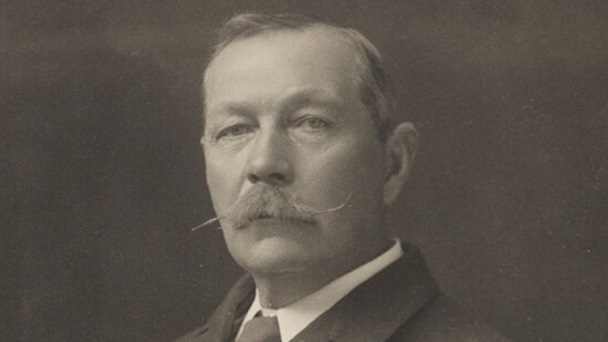
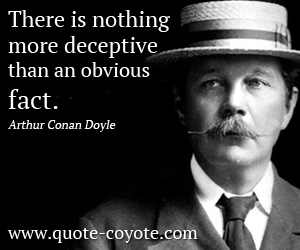 Arthur Conan Doyle wrote his first Sherlock Holmes installment, A Study in Scarlet, when he was only 27 years old. Written in just under three weeks, it is amazing to think that on how this work has endured and began a legacy, a series the likes of which may be unparalleled in fiction. A Study in Scarlet was popular and successful, and Conan Doyle was commissioned to write a sequel in less than a year. The next work, The Sign of the Four, was no less popular when it appeared in Lippincott’s Magazine. Amusingly enough, even early on in his Holmes works Conan Doyle felt contradictory emotions towards his most famous character. He wished to kill Holmes off after just a couple years, but was dissuaded (more like forbade) from doing so by his own mother! He raised the prices for his stories hoping to dissuade publishers from paying for them, but found that publishers were willing to pay exorbitant sums to keep the stories coming… consequently Conan Doyle accidentally became one of the best paid authors of all time. In all, Conan Doyle featured Sherlock Holmes (often against his will – public outcry was so great after Doyle had Holmes and Moriarty plunge off a cliff together that Holmes was forced to resurrect his famed detective in The Hound of the Baskervilles years later) in fifty-six short stories and four novels – a long and eventful life for a fictional character!
Arthur Conan Doyle wrote his first Sherlock Holmes installment, A Study in Scarlet, when he was only 27 years old. Written in just under three weeks, it is amazing to think that on how this work has endured and began a legacy, a series the likes of which may be unparalleled in fiction. A Study in Scarlet was popular and successful, and Conan Doyle was commissioned to write a sequel in less than a year. The next work, The Sign of the Four, was no less popular when it appeared in Lippincott’s Magazine. Amusingly enough, even early on in his Holmes works Conan Doyle felt contradictory emotions towards his most famous character. He wished to kill Holmes off after just a couple years, but was dissuaded (more like forbade) from doing so by his own mother! He raised the prices for his stories hoping to dissuade publishers from paying for them, but found that publishers were willing to pay exorbitant sums to keep the stories coming… consequently Conan Doyle accidentally became one of the best paid authors of all time. In all, Conan Doyle featured Sherlock Holmes (often against his will – public outcry was so great after Doyle had Holmes and Moriarty plunge off a cliff together that Holmes was forced to resurrect his famed detective in The Hound of the Baskervilles years later) in fifty-six short stories and four novels – a long and eventful life for a fictional character!